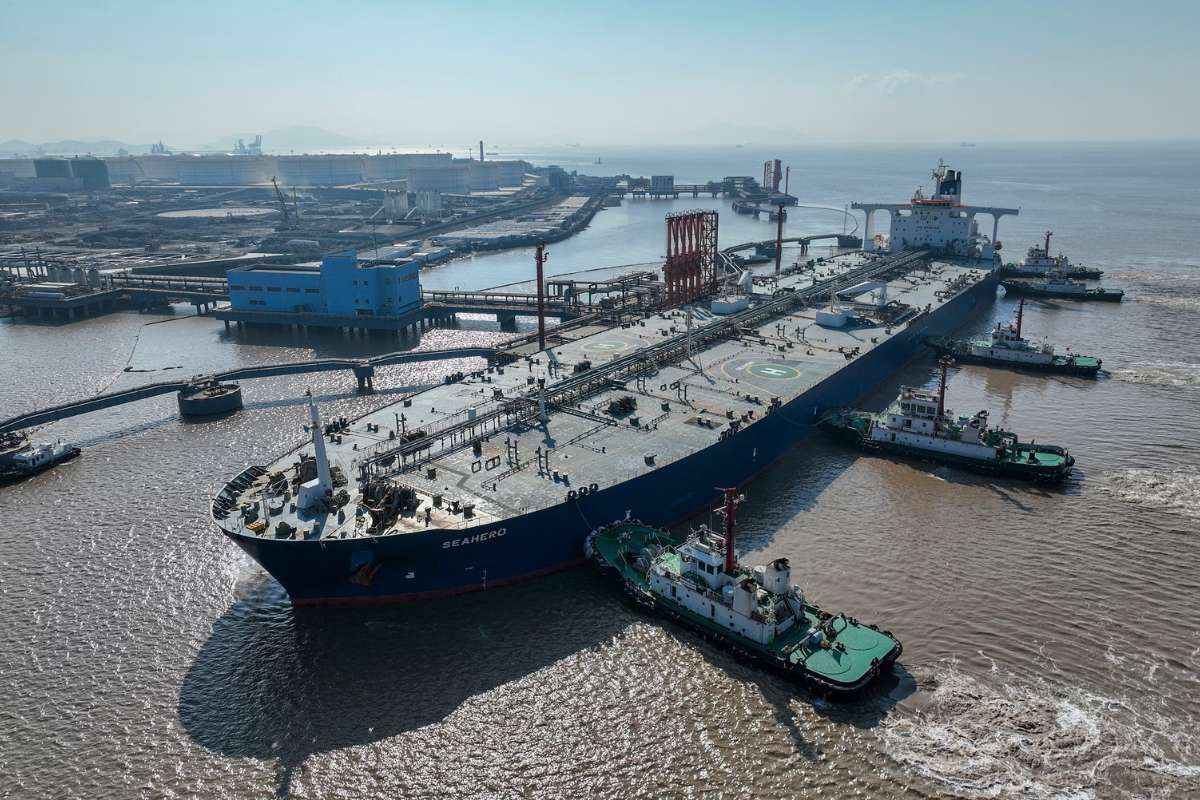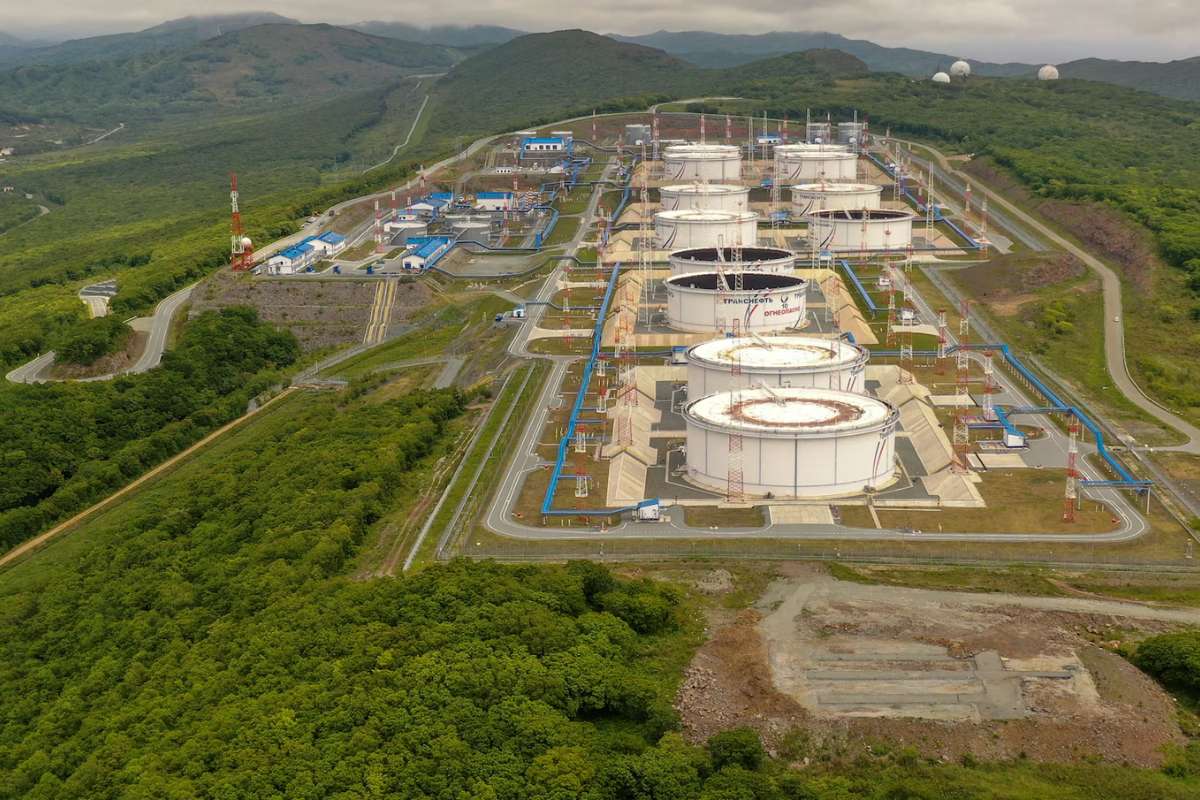Oil prices remained mostly unchanged on Tuesday after three consecutive days of declines, driven by market concerns over increasing global supply. The shift followed OPEC+’s recent decision to raise production levels in September. While supply growth could weigh on prices, analysts say ongoing uncertainties in distribution and demand may offset the full impact.
OPEC+ Adds Supply, Markets React with Caution
The Organization of the Petroleum Exporting Countries and its allies, known as OPEC+, announced it would boost output by 547,000 barrels per day starting in September. This move follows a series of earlier increases aimed at regaining lost market share, especially in Asia and other high-demand regions.
The group had previously implemented deep cuts to stabilize prices during periods of low demand. The new increase effectively reverses those cuts, totaling around 2.5 million barrels per day, or roughly 2.4% of global oil consumption. However, market participants suggest actual volumes may fall short due to infrastructure and capacity limitations in certain member states.
Brent crude futures held at $68.76 per barrel early Tuesday, while U.S. West Texas Intermediate (WTI) slipped slightly to $66.27 per barrel. Both benchmarks had dropped more than 1% in the previous session, marking their lowest levels in a week.
Supply Risks Could Offset Oversupply Concerns
Despite the output hike, concerns about the consistency and reliability of supply remain. Several major oil producers face logistical challenges, and any unexpected disruptions in export routes or refining capabilities could tighten global availability.
Energy analysts note that recent shifts in shipping routes, insurance costs, and production delays have made the Oil Prices market more complex. Businesses reliant on steady fuel inputs, such as airlines, shipping companies, and manufacturing, are monitoring the situation closely to hedge against price volatility.
The uncertainty surrounding how quickly and how much oil actually reaches the market is leading many companies to maintain conservative procurement strategies through the third quarter.
Demand Outlook Mixed Amid Global Trade and Economic Trends
While supply remains a key focus, global Oil Prices demand forecasts are also under pressure. Slower industrial growth in key markets, along with weaker-than-expected data from sectors like transport and construction, is leading to a more cautious outlook.
At the same time, the imposition of trade tariffs across major economies has raised concerns about supply chain disruptions and reduced fuel consumption. Businesses involved in freight, logistics, and global distribution could see cost pressures rise if economic growth slows and fuel prices remain unstable.
Financial institutions and commodity traders are also adjusting their forecasts in anticipation of weaker demand growth for the remainder of 2025. Short-term hedging activity has increased, reflecting uncertainty over both price direction and long-term availability.
As oil markets absorb the effects of OPEC+’s latest production decision, the outlook remains complex. Businesses across energy-intensive industries should prepare for continued price fluctuations, driven by the balance between increased supply and fragile demand. Market participants are expected to remain cautious heading into the fourth quarter, as global trade trends and logistical risks continue to shape the business environment.












